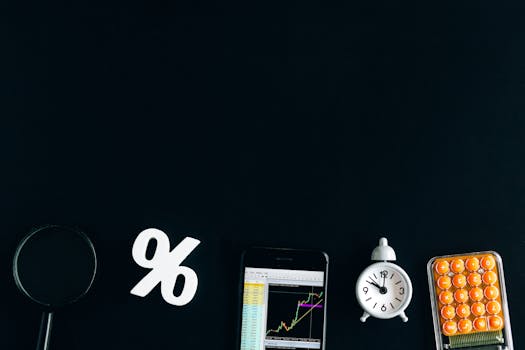Companies with the best and the worst fundamentals.
Lists of companies in NSE500 with the best and the worst fundamentals...
Lists of companies in NSE500 with the best and the worst fundamentals...
List of the latest important filings for NSE500....
Lists of companies in NSE500 with the best and the worst technicals...

This report examines significant financial sector breaches reported in the week ending...

The article offers strategic advice for salaried workers and retirees on how...

A comprehensive guide for investors to identify and assess seven critical red...

As of September 2025, the Bank of Japan (BOJ) has maintained its accommodative monetary policy stance amidst a backdrop of global economic uncertainties and domestic inflationary pressures. Following decades of ultra-low interest rates, the emergence of persistent inflation poses a significant dilemma for BOJ policymakers. The demand for a shift in policy has been punctuated by comments from key figures within the central bank and notable shifts in broader market sentiments.
In recent months, mixed signals regarding the Japanese economy's performance have surfaced. As of September 2025, Japan's annual inflation rate stands around 2.7%, above the Bank of Japan's target of 2%. Employment figures have shown resilience, with unemployment rates hovering at 2.4%—a favorable number that suggests a tightening labor market.
Market analysts have closely scrutinized the BOJ's meeting minutes and Governor Kazuo Ueda's statements. Ueda has highlighted the importance of maintaining flexibility in monetary policy, acknowledging the need to balance inflation control with economic growth. His comments have led the market to price in a 40% chance of a rate hike by the end of 2025, with many economists suggesting that a first move may come in mid-2026.
Several critical factors are influencing the BOJ's potential pivot on interest rates:
If the BOJ does decide to increase rates, the implications for the economy, financial markets, and consumer behavior could be significant:
The BOJ's policymakers will need to tread carefully as they navigate a complex economic landscape marked by conflicting signals. Continuous adjustments to forward guidance and policy implementation will remain crucial as the situation evolves. Key upcoming events include the Bank's quarterly outlook report expected in October 2025, which may provide further insights into their economic forecasts and policy direction.
The assessment of the BOJ's potential rate moves up to September 2025 highlights a complex interplay of local and global factors that may influence decision-making. By carefully monitoring these variables, the Bank is expected to maintain a data-dependent approach to interest rate policy while grappling with the challenge of sustainable inflation management.

The article discusses the significant gains of the Russell 2000 index, highlighting...

This article delves into the potential impact of the recently announced U.S....